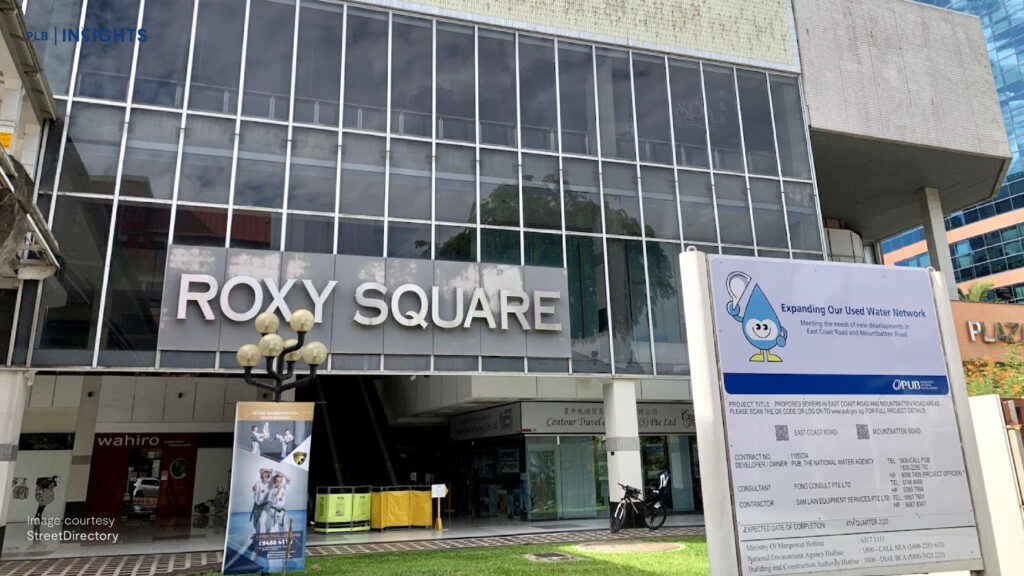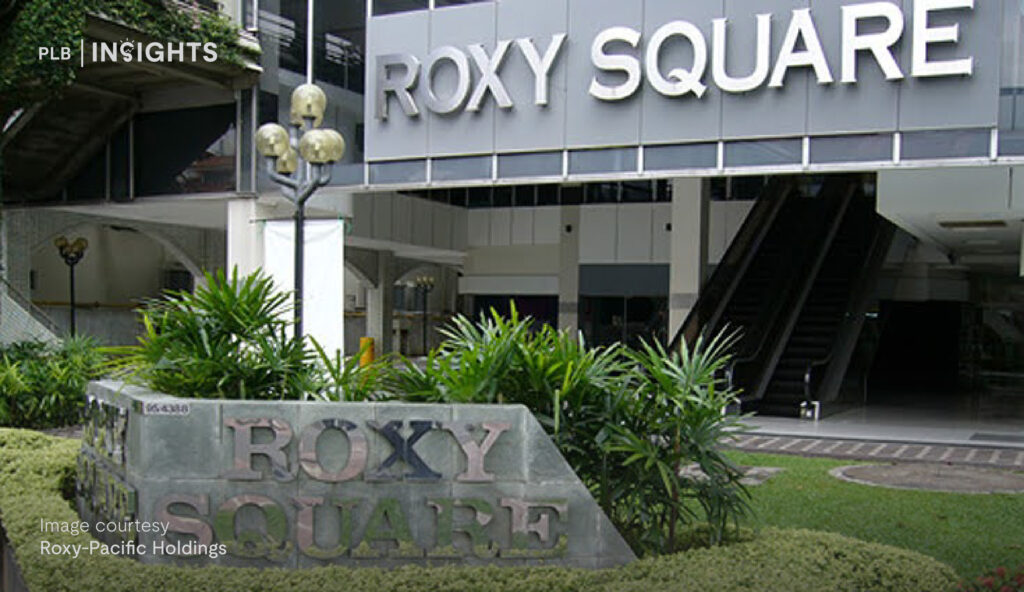
After a failed en bloc attempt in September 2024, where no bids were received, the owners of Roxy Square in District 15 (D15) are now reviving the collective sale process. This time, the asking price has been reduced by approximately 11% from last year’s $1.25 billion. At the time of writing, over 70% of owners have agreed to the sale—nearing the 80% mandate to cut the reserve price.
You may read more here for a deeper dive into the en bloc sale process, including its complexities and steps.
History suggests that perseverance can pay off. Thomson View condominium, for instance, was successfully sold en bloc in November 2024 after several failed attempts. Its final sale price of $810 million was around 12% lower than the initial asking price of $918 million. Could a similar outcome be on the horizon for Roxy Square, with its second attempt offering a comparable 10.8% reduction?
In this article, we’ll explore the redevelopment potential of Roxy Square and share our insights on the anticipated demand for its future units.
How Roxy Square’s New Reserve Price Could Attract Developers
With a proposed reserve price of $1.12 billion, the revised unit land rate is expected to decrease to $1,852 per square foot per plot ratio (psf ppr), down from the earlier rate of $2,094 psf ppr. This calculation factors in the land betterment charge based on the base gross plot ratio of 3.86.
By including an additional 10% bonus gross floor area (GFA) for the residential component—applicable when the land betterment charge is paid—the adjusted land rate decreases to $1,804 psf ppr, down from $2,034 psf ppr.
The reduction to $1,804 psf ppr happens because the bonus GFA allows developers to build 10% more floor space without increasing the land cost. This spreads the cost over a larger usable area, making the land rate per square foot cheaper. The original $2,034 psf ppr was calculated without accounting for this extra buildable area, which is why it’s higher.
What is the Land Betterment Charge (LBC)?
The Land Betterment Charge (LBC) is a fee imposed by the government when a property’s value increases due to changes in its approved land use or development intensity. For example, if a plot of land is approved for a higher-density development or rezoned for commercial use, its value rises. The LBC ensures that the public benefits from this enhanced value, as it contributes to government revenue used for infrastructure and public projects. The charge is calculated based on the increase in land value from these changes.
Understanding Gross Plot Ratio (GPR) and Maximum Storeys
The GPR determines how much floor area can be built relative to the land area. A GPR of 3.86 means the total allowable built-up floor area is 3.86 times the size of the land. For example, on a plot of 10,000 square feet, a GPR of 3.86 permits up to 38,600 square feet of floor area.
The number of storeys that can be built depends on both the GPR and height controls specified by the Urban Redevelopment Authority (URA). According to URA guidelines, a GPR of 3.86 typically allows for a maximum building height of around 36 to 40 storeys, depending on site-specific planning considerations like the surrounding area’s character and height restrictions.
Roxy Square: A Prime Freehold Gem Ready for Mixed-Use Transformation

Constructed in three stages between the early 1980s and 2000, Roxy Square is a mixed-use development that includes the Roxy Square Shopping Centre and the 576-room Grand Mercure Singapore Roxy hotel.
Roxy Square currently boasts a Gross Floor Area (GFA) of 668,000 square feet (sq ft). Subject to approval from the Urban Redevelopment Authority (URA), developers could reimagine the site as a mixed-use project featuring over 350 residential units and nearly 80,000 sq ft of retail and food and beverage space. The remaining 172,000 sq ft of GFA could then be allocated to office, hotel, or other complementary commercial uses, offering flexibility in its redevelopment potential.
The potential redevelopment of Roxy Square is likely to see strong demand for its residential units. Recent new launches in the area, such as Meyer Blue and Emerald of Katong, have achieved high take-up rates, reflecting the strong appeal of private residences in this desirable location. Additionally, the site’s freehold tenure and mixed-use zoning, which seamlessly blend Katong’s rich heritage with modern urban living, are expected to further boost its attractiveness to prospective buyers.
Developers’ Cautious Approach to En Bloc Sales Amid a Shift to Government Land Sales (GLS)
The en bloc market has faced a significant slowdown in recent years, with developers showing increasing caution towards collective sale sites. High interest rates, elevated land prices, and the rising cost of development have led to a significant gap between owners’ expectations and developers’ willingness to pay. This mismatch has made en bloc transactions less appealing compared to GLS, which offer greater transparency and predictable pricing.
In 2024, the en bloc success rate stood at a mere 25%, with only four out of 16 properties securing buyers. Developers have been gravitating towards GLS sites, as they often come with clearer planning parameters, fewer legal complexities, and shorter development timelines. Additionally, GLS sites are typically located in prime areas or emerging growth nodes, providing a safer and more reliable avenue for developers to secure land.
Roxy Square’s second attempt at a collective sale will need to contend with this cautious trend, as developers continue to evaluate their land acquisition strategies in a challenging market. While the reduction in reserve price enhances its appeal, it remains to be seen if the site can attract the confidence of developers who are becoming increasingly selective in their investments.
In Summary
Roxy Square’s second attempt at a collective sale represents a renewed opportunity for its owners to capitalise on the site’s redevelopment potential. The reduced reserve price and its prime location in Katong, coupled with its freehold tenure and mixed-use zoning, position it as an attractive proposition for developers. However, the cautious sentiment in the en bloc market, driven by high costs and developers’ preference for GLS sites, underscores the challenges ahead.
Ultimately, Roxy Square’s success will depend on its ability to stand out amid a competitive and selective market. If it can align its appeal with developers’ priorities—balancing affordability, location, and redevelopment flexibility—it has the potential to break through the current en bloc inertia and become a revitalised landmark in the Katong area.
Are you curious about how Roxy Square’s redevelopment could shape the Katong area or looking to explore investment opportunities in District 15? Our team is here to provide tailored advice and insights to help you navigate Singapore’s dynamic real estate market. Get in touch with us today to take the next step in making informed property decisions.







